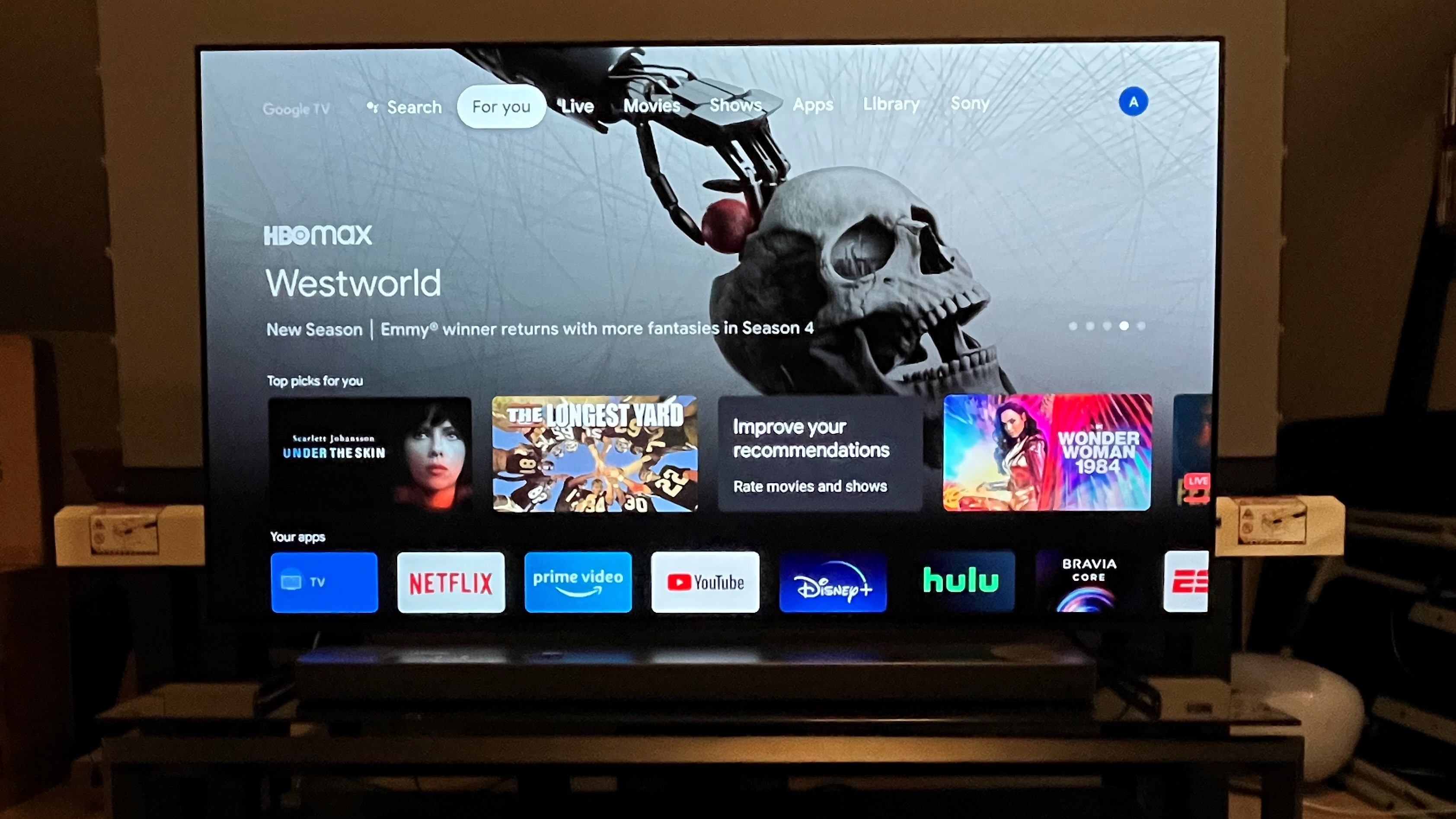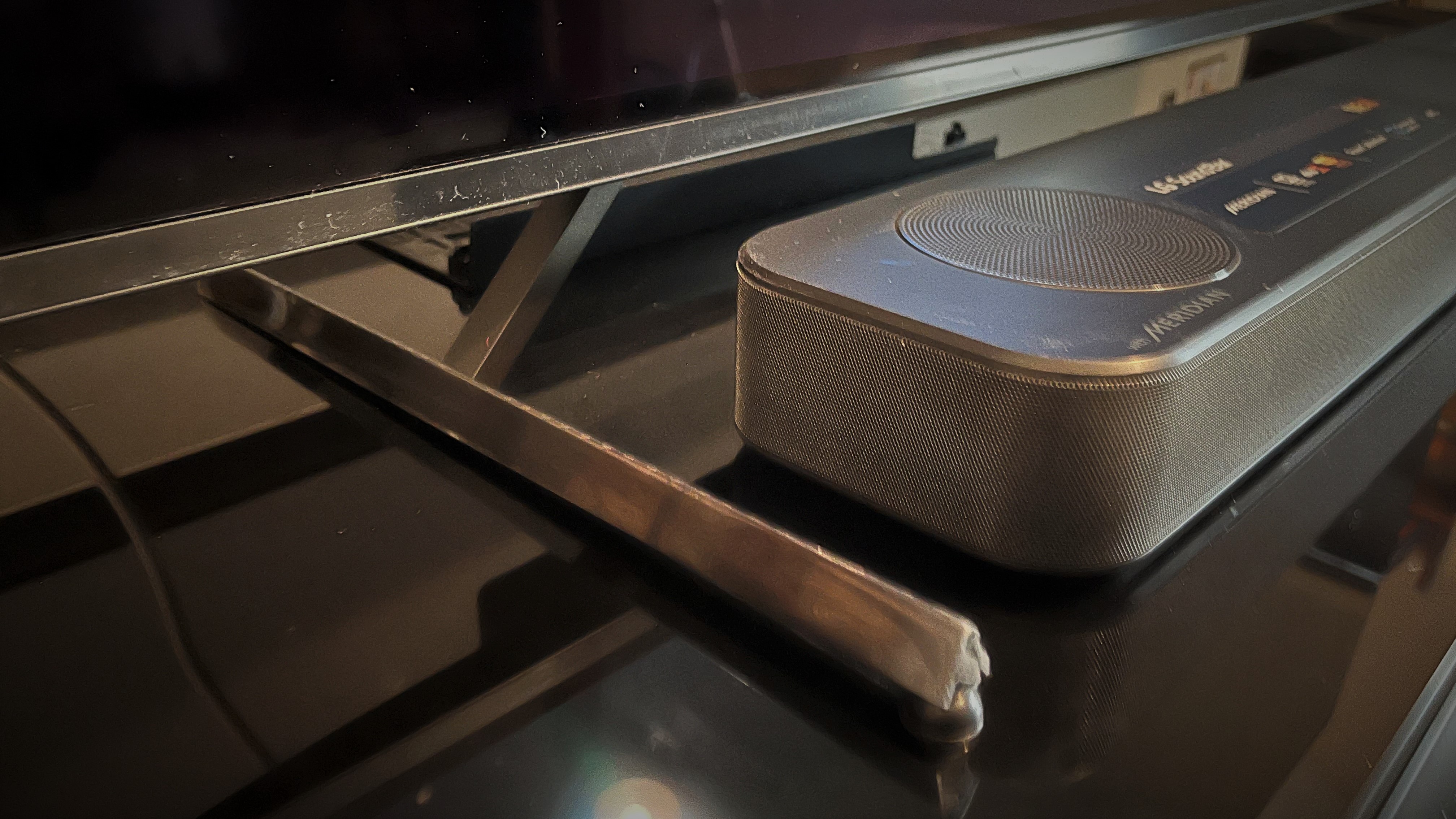I've tested Sony's 'value' OLED TV - here are 3 things it does as well as expensive TVs
The new A80K series is looking good

Sony’s new A80K series OLED TVs occupy a slot in the company’s 2022 OLED lineup between the flagship A95K QD-OLED and A90K models (sold only in 42- and 48-inch screen sizes) and the entry-level A75K models, which are available in Europe but not the US. At $2,300 / £2,800, the XR-65A80K Sony sent TechRadar to test represents a solid value for a 65-inch OLED TV, especially when you consider that the company’s same-size flagship costs nearly twice as much,
Having put the XR-65A80K through its initial paces (full review to follow), I have to say I’m impressed with its performance – this set measures up to the best 4K TVs for 2022 on numerous fronts. I’ll hit the high points in just a bit, but let’s first do a quick rundown of the A80K series’ key features.
- 55-, 65-, and 77-inch screen sizes
- 4K resolution with Dolby Vision, HDR10, and HLG high dynamic range support
- HDMI 2.1 (2 inputs): 4K/120Hz / variable refresh rate (VRR) / auto low latency mode (ALLM)
- 120Hz refresh rate
- ATSC 3.0 tuner
- Google TV interface
- Cognitive processor XR
- XR OLED Contrast Pro
- XR Triluminos Pro
- Netflix Adaptive Calibrated mode
- IMAX Enhanced certified
- Remote with built-in Google Assistant
- Acoustic Surface Audio+
- Multi-position stand (accommodates a soundbar)

I think it goes without saying that the A80K series is packed with features for the price. Even before I turned it on, I was taken with its multi-position stand, which let me adjust the distance between the TV’s bottom edge and my TV stand’s surface to make space for a soundbar. Here are the three video performance aspects of Sony’s new mid-range OLED that immediately stood out:
‘Infinite’ contrast for true black
The XR-65A80K’s measured black level was 0 nits. In other words, this set is one of the few OLED TVs I know of that’s capable of delivering a true black with ‘infinite’ contrast. LG’s new OLED G2 models manage this feat as well, though you’ll pay quite a bit more – around $3,000 – for a 65-inch G2 OLED. What’s responsible here? According to Sony, both its XR OLED Contrast Pro and Cognitive processor XR features work together to create images with powerful contrast in A80K series and higher models, and the proof in this case could both be seen and measured on screen.
Full DCI-P3 color space coverage
Sony’s 2022 OLED TVs also sport an XR Triluminos Pro feature and wide color gamut panel – working in tandem, of course, with Cognitive processor XR. The effect of this combination was a measured (using Portrait Displays’ Calman color calibration software) 99.5% coverage of DCI-P3, the color space used for mastering movies destined for a digital cinema release and for Ultra HD Blu-ray disc. That’s close enough for Sony to be able to claim full DCI-P3 coverage, with the result that colors in the 4K/HDR movies you watch will look exactly as rich and detailed as they should.
Low input lag for gaming
Sony’s input lag specs for the A80K series cite 8.5ms (milliseconds) in Game mode using one of the set’s 4K/120Hz-capable HDMI inputs. While our own measurements with a 4K test meter yielded a slightly higher 12ms, that’s still an excellent result, and one that allows the XR-65A80K to take its place in the pantheon of the Best 120Hz 4K TVs of 2022 for next-gen gaming.
A80K series: OLED TV performance meets value
While we’re still putting the XR-65A80K through the ringer, it at first glance appears to be an excellent TV for the price. Does it measure up to the best OLED TVs on other performance parameters? Stay tuned and keep an eye out for our forthcoming full review. In the meantime, I’m liking what I see here and, having wrapped up measurements, look forward to spending quality time with Sony’s mid-priced OLED watching a few good shows and some favorite demo movie clips.
Get daily insight, inspiration and deals in your inbox
Sign up for breaking news, reviews, opinion, top tech deals, and more.

Al Griffin has been writing about and reviewing A/V tech since the days LaserDiscs roamed the earth, and was previously the editor of Sound & Vision magazine.
When not reviewing the latest and greatest gear or watching movies at home, he can usually be found out and about on a bike.